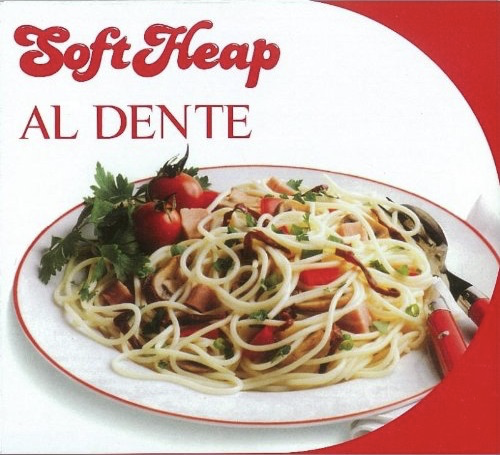What is al dente, and how do you know when you’ve reached it?
Pasta is one of the greatest champions of weeknight dinners. It’s easy to cook, inexpensive and quick to prepare, so dinner can be ready in a flash! Each pasta shape has a unique cooking time, but every package instruction directs you to cook the noodles until they reach the “desired consistency.” For most, that’s al dente.

What Is Al Dente?
The phrase al dente literally translates from Italian to mean “to the tooth.” It describes the texture of cooked pasta when it’s tender but firm and chewy when you bite into it. If your pasta is mushy and soft, you’ve blasted right past al dente and into well done. This softer pasta is easier to digest, but it contains fewer nutrients (more on that in a moment).
How Do You Know if Pasta Is Al Dente?
The best way to test if pasta is al dente is to take a bite. About two minutes before the time expires on the package directions, give the pasta a taste. If it’s tender enough to chew but still contains a bit of a bite, you’ve reached al dente. If it’s too firm for your liking, continue cooking it until it reaches the preferred level of doneness.
Can You Cook Fresh Pasta to Al Dente?
In case you were wondering, it’s not possible to achieve al dente status with fresh pasta or homemade pasta dough. These noodles cook in a matter of minutes—much more quickly than dried pasta—so they never reached that tender-firm stage. Instead, to check for doneness, bite into a noodle and look for a tiny white dot in the center. If you see it, continue cooking until it disappears.
By: Lindsay D. Mattison @ Taste of Home

What Is Al Dente?
The phrase al dente literally translates from Italian to mean “to the tooth.” It describes the texture of cooked pasta when it’s tender but firm and chewy when you bite into it. If your pasta is mushy and soft, you’ve blasted right past al dente and into well done. This softer pasta is easier to digest, but it contains fewer nutrients (more on that in a moment).
How Do You Know if Pasta Is Al Dente?
The best way to test if pasta is al dente is to take a bite. About two minutes before the time expires on the package directions, give the pasta a taste. If it’s tender enough to chew but still contains a bit of a bite, you’ve reached al dente. If it’s too firm for your liking, continue cooking it until it reaches the preferred level of doneness.
Can You Cook Fresh Pasta to Al Dente?
In case you were wondering, it’s not possible to achieve al dente status with fresh pasta or homemade pasta dough. These noodles cook in a matter of minutes—much more quickly than dried pasta—so they never reached that tender-firm stage. Instead, to check for doneness, bite into a noodle and look for a tiny white dot in the center. If you see it, continue cooking until it disappears.
By: Lindsay D. Mattison @ Taste of Home
